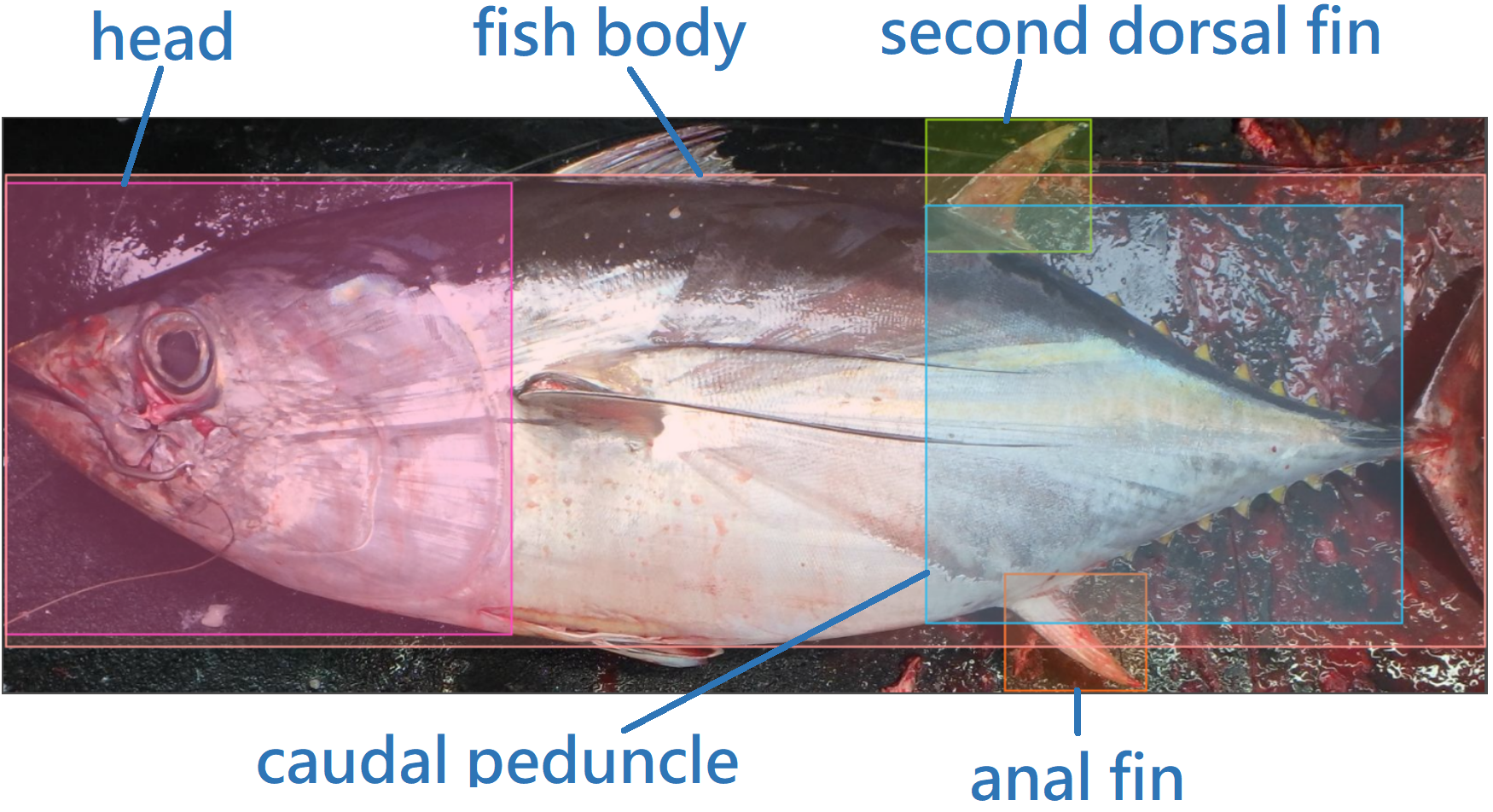 Our marine ecosystem is constantly threatened due to improved fishing technology and illegal, unreported, and unregulated fishing activities. The Taiwanese government requests overseas fishing vessels to report daily catches through electronic logbooks to control the problem. However, due to the harsh environment and intensive high-pressure working environment, sometimes the logging is not 100\% accurate. This problem can be addressed by assigning human observers onboard. Using humans is expensive and time-consuming, and the difficult environment makes it hard to recruit people for the job. Relying on electronic monitoring systems (EMS) to automate the fish recording and identification process is an intuitive solution.
Our marine ecosystem is constantly threatened due to improved fishing technology and illegal, unreported, and unregulated fishing activities. The Taiwanese government requests overseas fishing vessels to report daily catches through electronic logbooks to control the problem. However, due to the harsh environment and intensive high-pressure working environment, sometimes the logging is not 100\% accurate. This problem can be addressed by assigning human observers onboard. Using humans is expensive and time-consuming, and the difficult environment makes it hard to recruit people for the job. Relying on electronic monitoring systems (EMS) to automate the fish recording and identification process is an intuitive solution.
A key component in EMS is identifying fish catch under imperfect conditions, including blurred images, lighting problems, aspect angles, weather conditions, and the workers obscuring the catches. We proposed two models in this research to identify fish catches.
The first model improves fish species identification efficiency and reduces labor costs. The model identifies eight fish types that are Taiwan longliners’ primary targets and achieved a classification accuracy rate of 99.51%, a precision rate of 98.6%, and the average precision (mAP) in labeling is 95.02%, using an average of 26ms per image. However, due to the resemblance between bigeye and yellowfin tuna, the first model could not handle them correctly. Therefore, we propose a second model that distinguishes bigeye and yellowfin tuna based on the aspect ratio information and characteristic parts of fish body characteristics. Our results show that applying the second model lowered the error induced significantly, where the average precision (mAP) in labeling reached 98.19%. Our experiment results show that 100 out of 127 misclassified bigeye and yellowfin tuna images by the first model were successfully processed by the second model, with a correction rate of 78.74%.
Our results have shown increased classification accuracy, reduced misclassification, improved fishery management efficiency, and strengthened marine resource sustainability when applied on fishing decks.
Visits: 115
 Advanced Computation Laboratory
Advanced Computation Laboratory